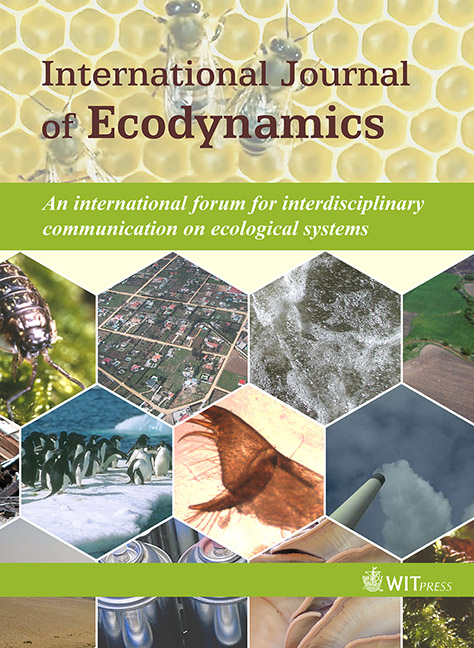A nonthermodynamic constraint to trophic transfer efficiency based on network utility analysis
Price
Free (open access)
Volume
Volume 1 (2006), Issue 1
Pages
15
Page Range
28 - 43
Paper DOI
10.2495/ECO-V1-N1-28-43
Copyright
WIT Press
Author(s)
B.D. Fath
Abstract
In this paper, network utility analysis is used to investigate the efficiency of flow between two ecological components. Empirical studies have shown that the efficiency of resource transfer between trophic levels in an ecosystem tends to be relatively low in spite of the considerable amount of time organisms have had to evolve efficient uptake and assimilation processes. In fact, a general rule of thumb in ecology is that only about 10% of the total energy intake into an organism is transferred to the next trophic level. In addition to the possible thermodynamic, physical, chemical, and biological limitations, this research indicates another possible limitation to trophic transfer efficiency. Utility analysis, a resource-based input–output measure of the overall usefulness a compartmental flow has on the entire system, is used to identify the qualitative and quantitative relations in a model. However, when the transfer efficiencies are too large the utility metric is not calculable. This is interpreted to mean that utility, which is inherently positive, is not conveyed within these systems. This research shows for simple food chain models where the breakdown in utility analysis occurs and what patterns exist as systems approach this threshold. Although computable utility may not be a necessary condition for low trophic efficiency, it may be sufficient to explain low transfer efficiencies in ecosystems.
Keywords
ecological efficiency, mathematical ecology, network analysis, trophic transfer efficiency, utility analysis




